Education
A Guide To Making Effective Flashcards For Your Studies
Published
1 year agoon
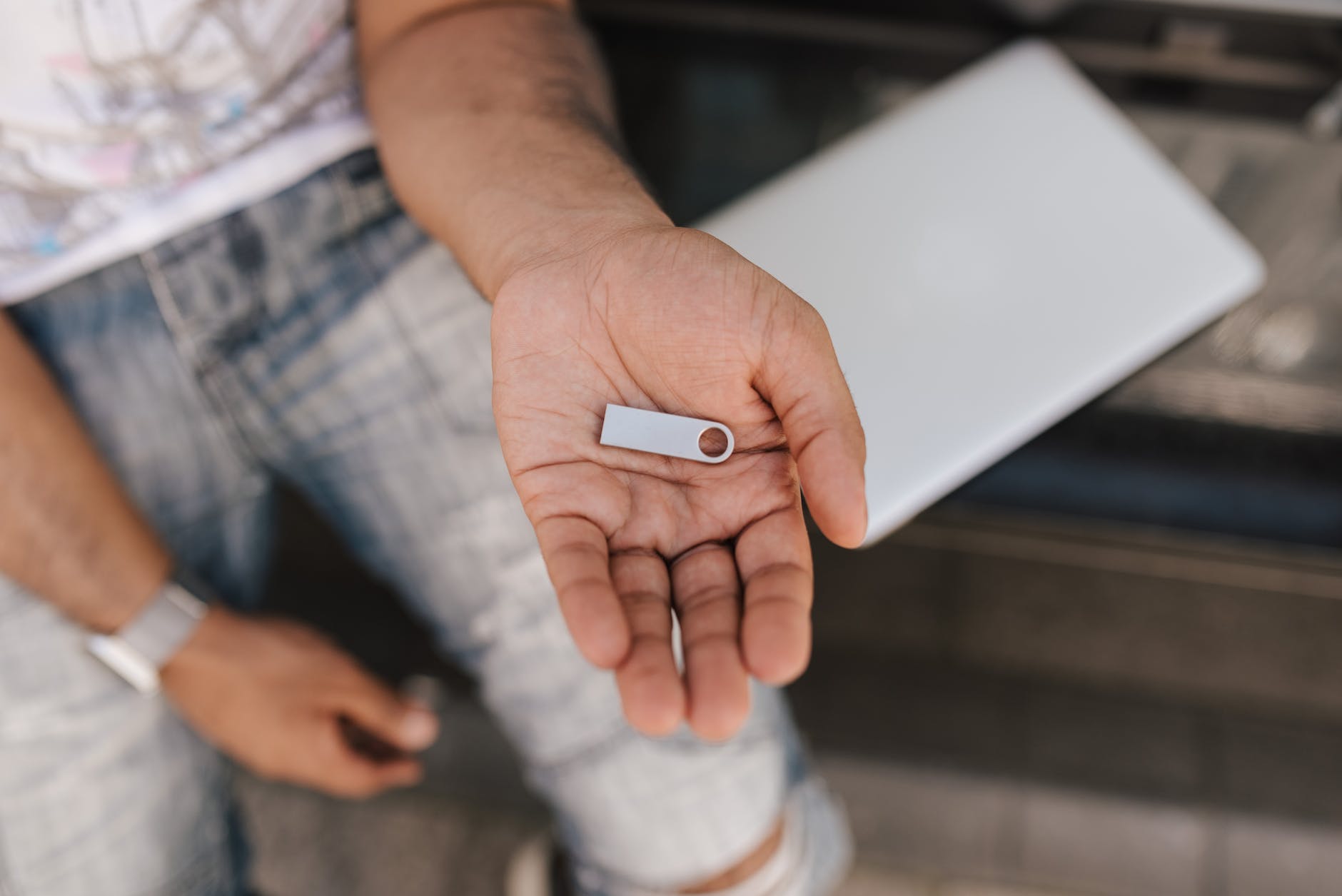
Flashcards
Are you familiar with the effective use of flashcards? Any university student can benefit from them when revising. Besides helping you prepare for exams, they test your ability to understand definitions and key concepts.
But how can you make and integrate them into your studies? Fortunately, this post will explain what flashcards are, why they’re helpful, and how you can use them in your revision for better retention. So, let’s dive in.
What is a Flashcard?
A flashcard is a small, double-sided card used for learning and revising details, keywords, and vocabulary. Using them can help you understand the relationship between two pieces of information. On the front, you write a question or term; on the back, you write an answer or definition.
History, for example, is a subject where flashcards work best because it covers a variety of facts and concepts. Besides studying dates and names, you also need to learn definitions. Besides, it can make learning foreign vocabulary and math formulas easier.
How Can You Make Flashcards?
You can make flashcards in two significant ways:
1. By Hand
Start by making index cards for your flashcards. To create index cards without index cards, use a regular sheet of paper cut into equal segments. Afterward, you can type or handwrite the information into Microsoft Word or Google Docs and print it. By handwriting flashcards, you also improve recall. As you write, you learn and process it more efficiently than if you type it.
2. Flashcard Apps
Making flashcards is easy and quick with flashcard apps. Online flashcards may feel more comfortable for students accustomed to being on their computers or workbooks all the time. You can create flashcards with many websites and apps. Cram, Quizlet, and Canva are some of the most popular.
What Makes Flashcards Effective?
Here’s what makes flashcards an effective study strategy:
- Active recall — Your brain needs stimulation to absorb information. As you glance at a flashcard, you try to recall the information on the other side. You enhance long-term memory by doing this.
- Spaced repetition — More often than not, you study concepts that are difficult to remember. It would help to focus on the problematic flashcards and put aside the ones you have already learned.
- Memory activation — Each time you see flashcards after making them, you use visual memory. It works well for people whose primary sense of hearing is through their ears when they say every word on the flashcard aloud.
- Metacognition — You can also practice critical thinking by using flashcards by piling them up into three — first, for the flashcards you know; second, for the ones you can’t remember; and last, for all the flashcards you don’t know. Then you can focus on these critical areas to improve your weak spots.
Tips for Studying With Flashcards
To get more out of your flashcards, here are some tips for making them more effective:
1. Simplicity is Key
Each flashcard should contain only one topic or answer. Thus, study sessions are easier to manage and less overwhelming. Whenever there are multiple answers you’ve researched, from online top-rated study materials like this organizational sociology worksheet to a question, avoid using bullet points. Use several flashcards instead to help you memorize answers. Divide complex topics into simpler subsections if you need help remembering them.
2. Read Your Answers Out Loud
It is important to repeat new content to learn it. You are more likely to retain information if you involve more senses in learning. Studying with a written answer and saying it out loud will help you remember it. As you build on active study methods, that makes sense.
3. Make Use of Visuals
You enhance your ability to recall information when the topic is associated with visuals and saying the answer out loud. On the side of the card, you can draw silly pictures that help you remember complicated subjects. Highlighters are also helpful in identifying critical information and drawing your attention to it.
4. Put a Twist On It
As often as possible, alternate the order in which you study your flashcards. Rather than memorizing the essential information, you remember the correct answer order. Next time, flip your flashcards around so you can go through them one way and the other. For each study session, shuffle the flashcard deck and go through it multiple times. In addition, you can read the answer and try to remember the related question. In this way, you build memory recall pathways in the brain.
Conclusion
A little consistency goes a long way toward making flashcards an effective study method. They won’t be helpful if you never use flashcards or note cards. Whether you’re studying for an advanced exam in high school or college or your child is still figuring out the learning processes, regular study is the key to success. Review concepts from excellent online study tools before an exam and post them on flashcards weekly for the best results.

Trending

 Banco4 years ago
Banco4 years agoBanjercito
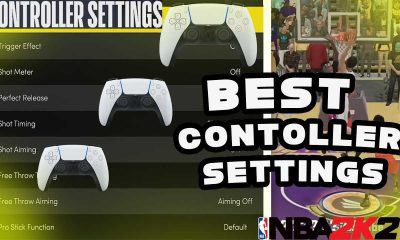
 Gaming3 years ago
Gaming3 years agoNBA 2K21 Best Controller Settings

 Social Media3 years ago
Social Media3 years agoHow to prepare a publication schedule
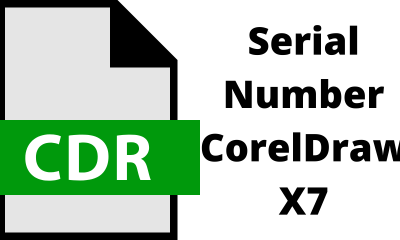
 Indonesia4 years ago
Indonesia4 years agoSerial Number CorelDraw X7 Aktivasi Kode 64/32 Bit | Dijamin Bisa

 Filmora4 years ago
Filmora4 years agoWondershare Filmora 9 Activation Key and Email Free 2020
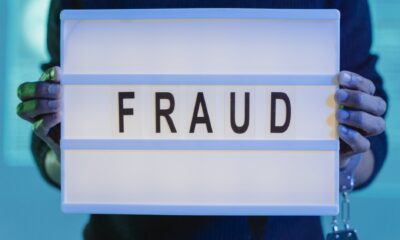
 Education1 year ago
Education1 year agoJuan Monteverde on the Unexpected Costs of Corporate Fraud

 Indonesia3 years ago
Indonesia3 years agoMangastream – 15 Alternatif Terbaik untuk Membaca Manga Online [2021]
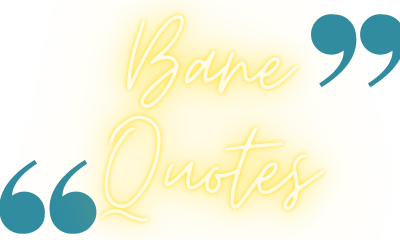
 Education4 years ago
Education4 years ago28 Best Bane Quotes From The Movie “The Dark Knight Rises”
You must be logged in to post a comment Login